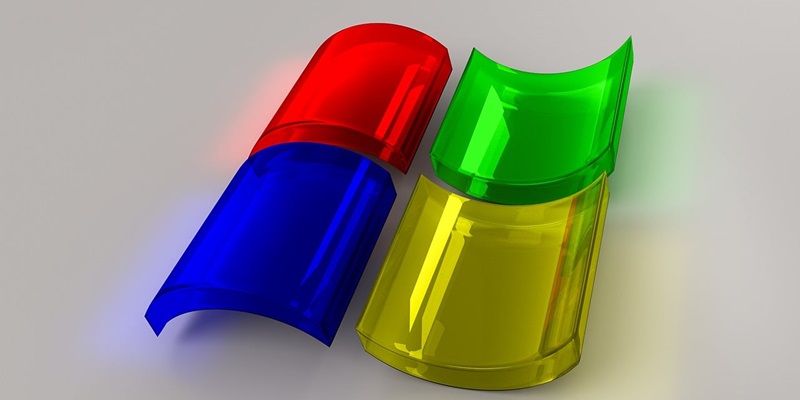Microsoft has unveiled an impressive AI innovation named VASA-1, set to revolutionize how we interact with images. This state-of-the-art AI system breathes life into single-frame human portraits by generating incredibly realistic talking and singing animations. Utilizing just a simple headshot paired with an audio clip, VASA-1 can conjure up video content with astonishingly true-to-life lip sync, nuanced facial emotions, and smooth, natural head motions. The resulting videos appear remarkably authentic, mirroring the subtleties of human behavior and demonstrating a significant leap in the AI-driven digital media landscape. This technology not only showcases the strides made in AI but also opens up new possibilities for content creation, virtual interactions, and beyond.
Pioneering Video Animation Technology
VASA-1 is not just about animating facial features; it’s a leap forward in the domain of digital communication. A key innovation behind this technology is that it operates within a latent facial space that allows for the generation of facial expressions that span a full emotional spectrum. From a subtle smile to a furrowed brow, VASA-1’s sophisticated algorithms can recreate nuanced emotions, providing a digital avatar that feels incredibly real. What’s more, the user retains unprecedented control, capable of fine-tuning various parameters of the generated content, such as the strength of emotions or the direction of gaze. This ensures that the output can be as nuanced and tailored as required, opening up possibilities for nuanced virtual interactions.
The performance of VASA-1 has been subjected to rigorous testing, and it stands out from existing methods in terms of realism and the natural feel of the video synthesis. However, it’s not entirely devoid of challenges. Some of the generated clips can still exhibit artifacts that reveal their AI origins. In spite of these hurdles, Microsoft boasts about the efficiency of the framework. It can produce a 512×512 resolution video at a swift 45 frames per second in batch mode, and up to 40 frames per second when streaming. This demonstrates remarkable potential for real-time applications and virtual reality experiences.
The Double-Edged Sword of Deepfake Technology
The emergence of VASA-1 by Microsoft underscores the delicate balance between innovation and ethical responsibility. While recognizing the technology’s capacity to revolutionize fields like advertising and education through realistic avatars, Microsoft treads carefully due to the potential for deepfake abuse. The company has no plans for an immediate commercial release, instead focusing on research with a heavy emphasis on ethical implications. Their approach is to leverage VASA-1’s capabilities to augment human interaction, assistive technologies, and personalized experiences, all while steering clear of deception and misinformation. Microsoft aims to navigate the fine line between technological advancement and ethical integrity, ensuring their AI efforts are geared towards a positive impact rather than harm.

